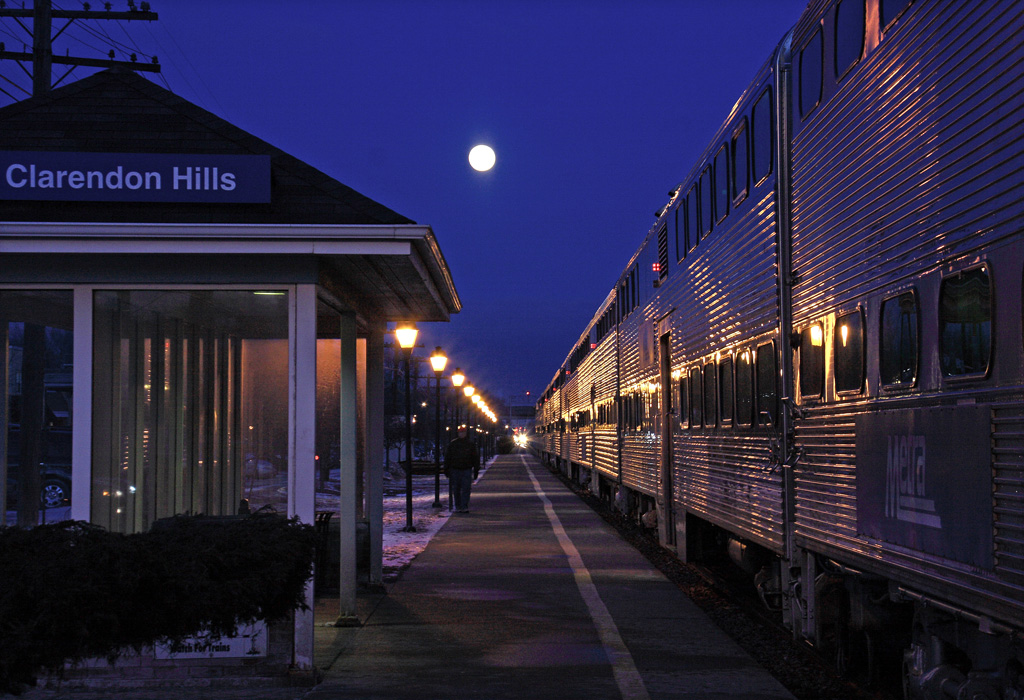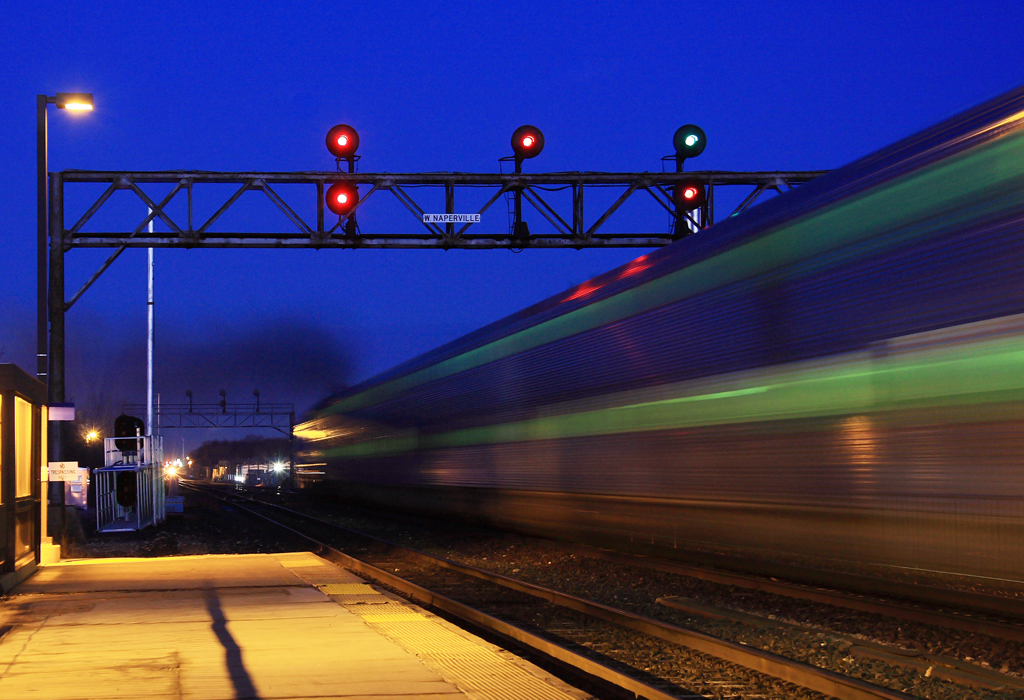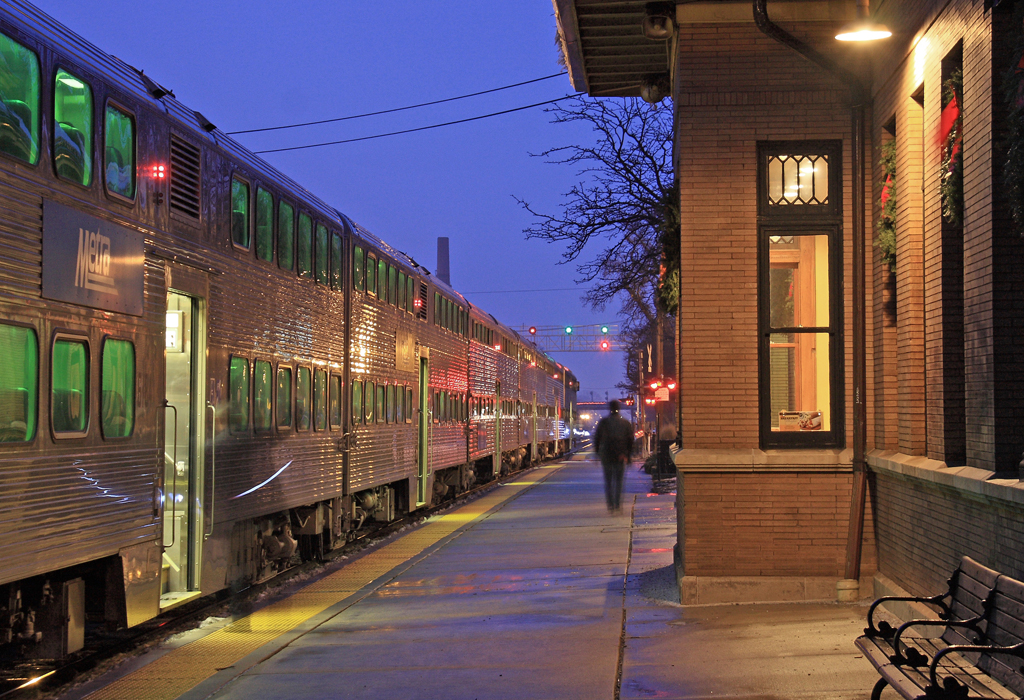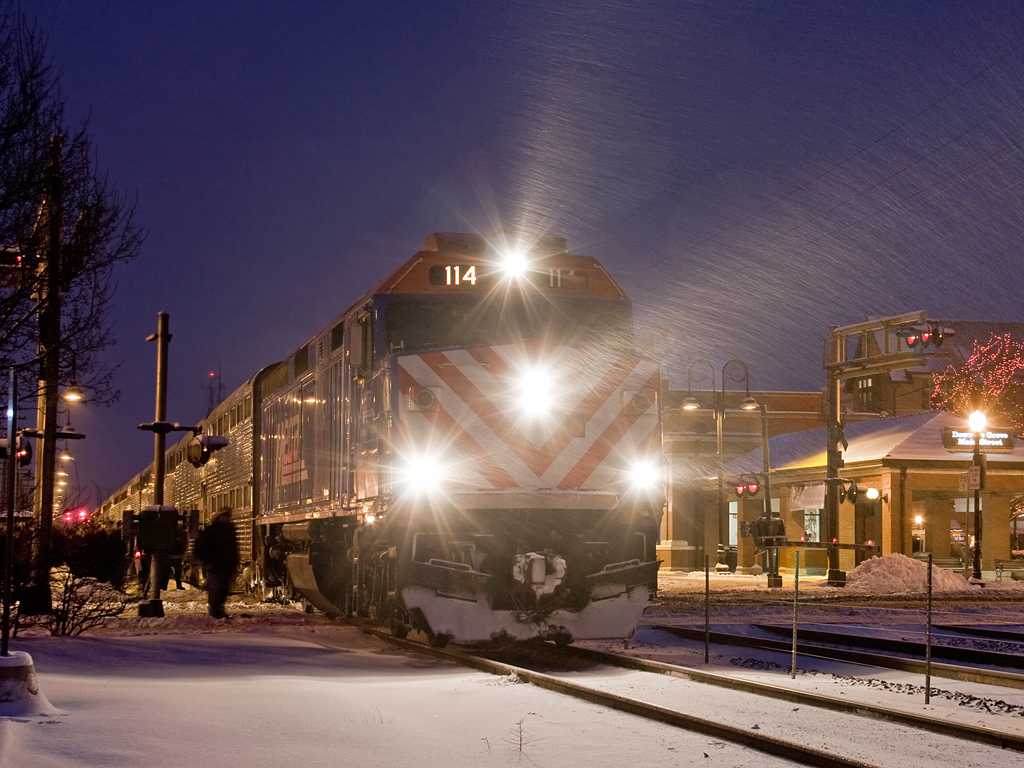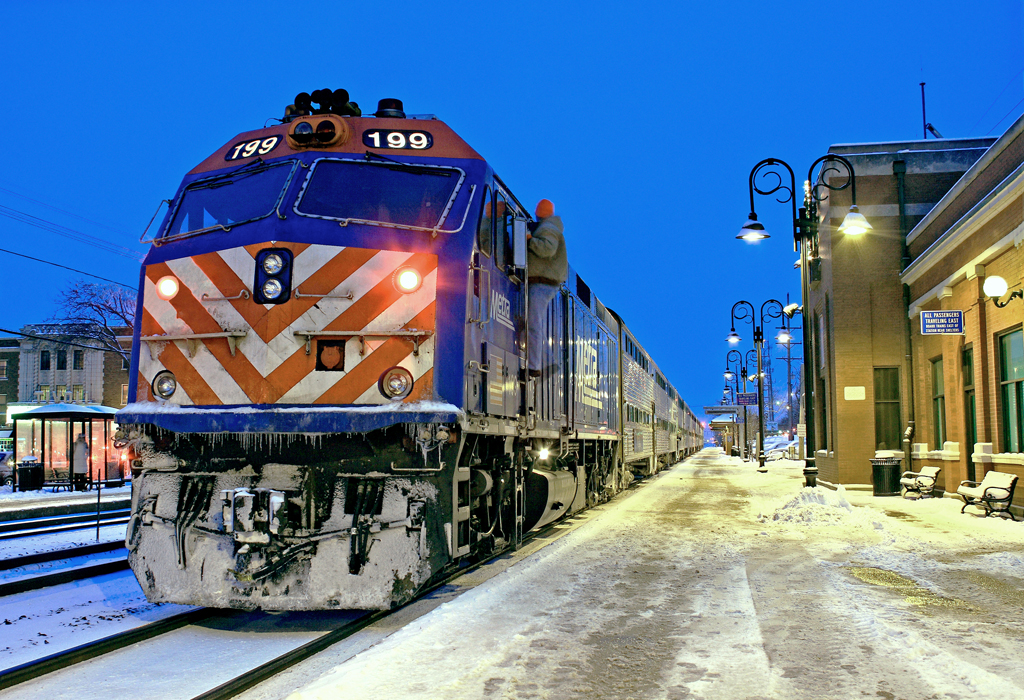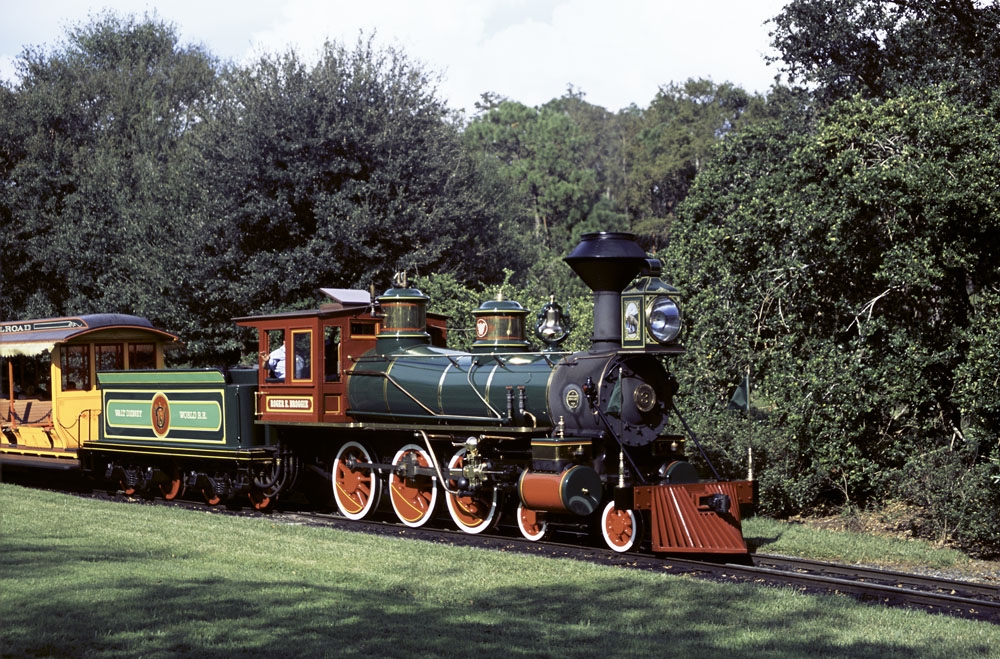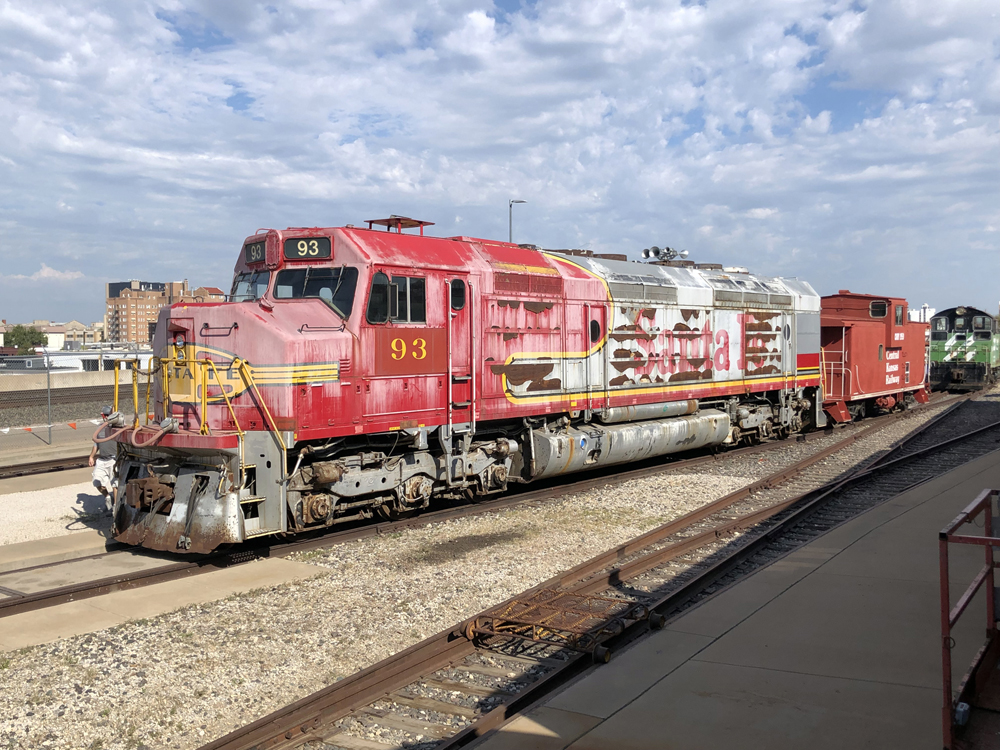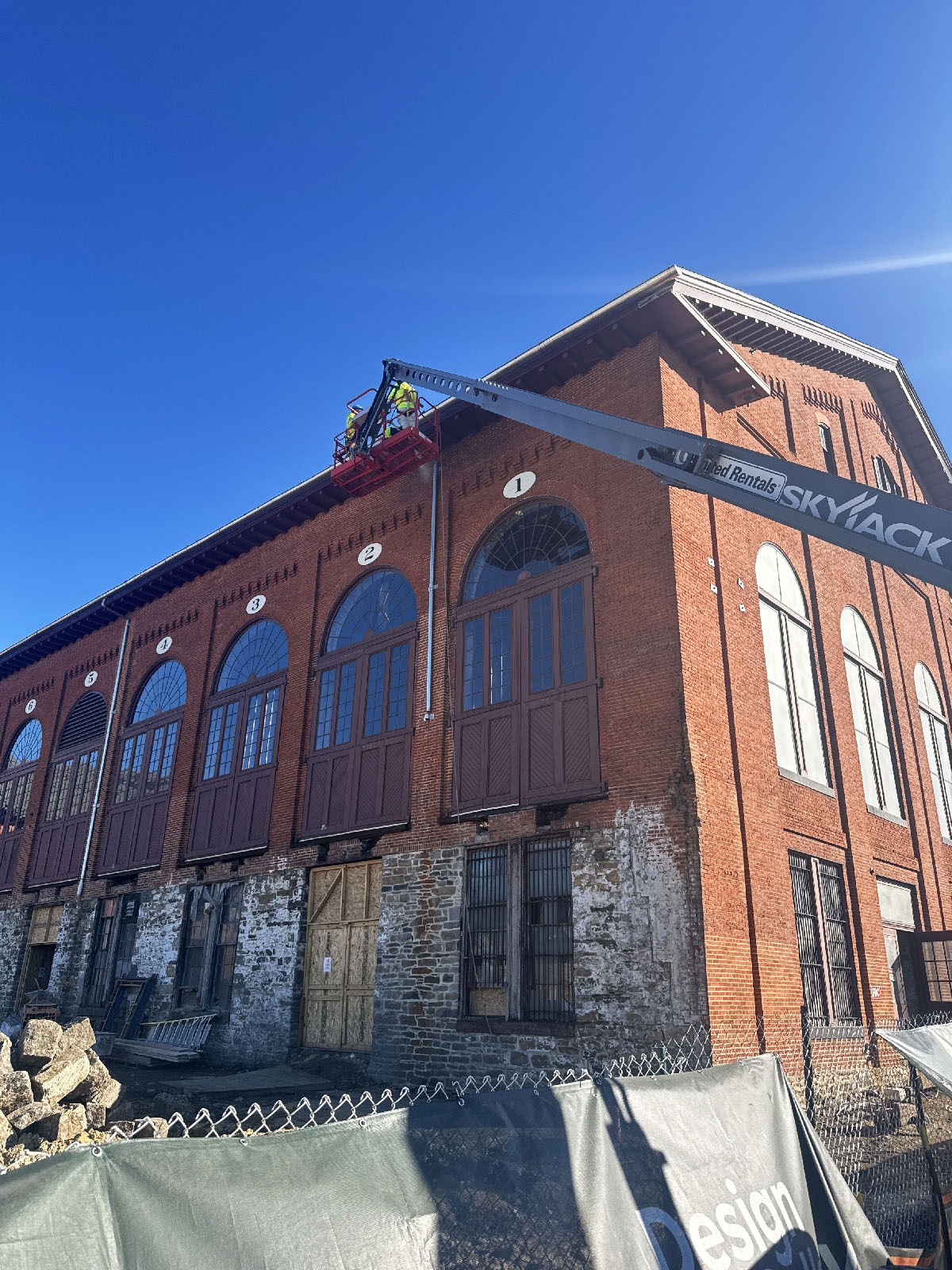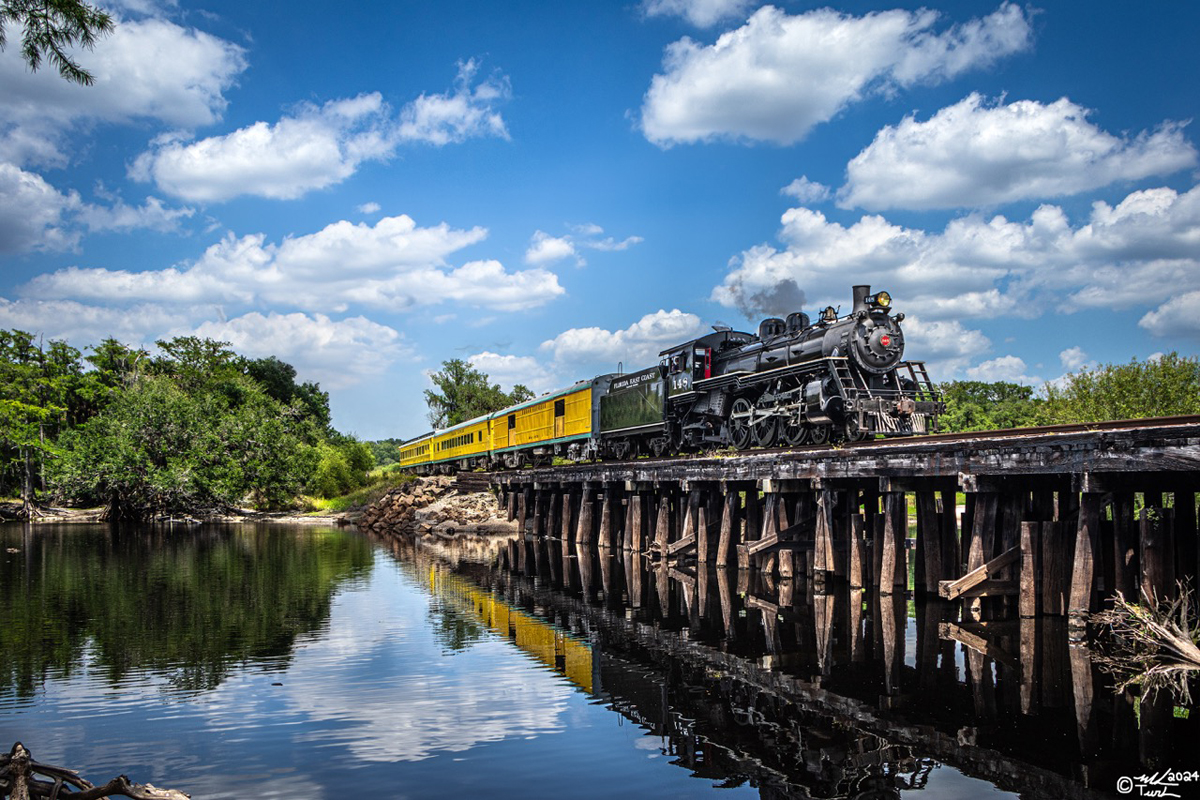What blue hour photography is all about to me is having that combination of ambient night lighting with a tranquil, deep blue sky. Unlike nighttime photography, the blue hour has a serene feeling. Many of the distractions of daytime photography are stripped away, enabling the main subjects to really take hold in the composition of the photo. Since the blue hour often goes unnoticed to the untrained eye, blue hour photographs often carry an extra “wow” factor, giving viewers the opportunity to see something familiar in a new way, while at the same time conveying a peaceful feeling.
The evening blue hour is the easier to catch. First, wait for the brightness to go out of the sky — this allows the blue to become more saturated and not get washed out by fading daylight. When you think the sky is dark enough, wait. Generally after the light is gone from the west, you will get the richest blue. This occurs approximately 15 minutes after the sun goes below the horizon, although the timing and intensity varies from day to day and depending on weather conditions. The blue hour typically occurs earlier on cloudy days, and even if there is a boring sunset or no sunset at all, you will still have stunning blue light in the evening sky that can lead to mysterious or even sinister photographs. In fact, the overcast days typically avoided by so many railroad photographers can produce especially rich blues and dramatic cloud definition.
Here are some things to note when shooting during the blue hour. Exposure values are similar to those of nighttime photography. Because of the low lighting, effective use of artificial light sources becomes a key element in your compositions. Even before sunset, you should have an idea of where you want to compose your blue hour photos. After you capture your sunset images, prepare for the blue hour and wait. The rich blue sky will first appear opposite of where the sun set and then will slowly grow, eventually covering the sky above where the sunset occurred. The morning blue hour is more challenging, because you need to be on location at least an hour before sunrise and prepare to shoot in the full darkness of night. The results can be just as impressive as the evening blue hour, though, with the richest colors typically occurring 30 minutes or so before the sun crests the Eastern horizon.
One of the challenges in blue hour photography is the trade-off between using lower and higher camera sensitivities (ISO values). Shooting at a low ISO (100-200) will reduce noise, which can be especially visible in the sky, but any action in the scene will appear blurred. With higher ISO values (800 and above), you can slow down or even stop the action, but at the expense of introducing more noise into the image. However, with newer digital SLR cameras and noise reduction software, it is possible to significantly reduce the noise in post-processing. For lenses, any focal length can produce interesting blue hour photos, but you might consider using a wide angle (28mm and wider) to capture the scene and a large part of the sky. Your exposure will really vary depending on your foreground subject matter, and you may need to underexpose the image (1-2 stops) so that you do not overexpose the sky or blow out the foreground (especially if there are artificial light sources nearby illuminating the foreground).
Cities can be especially effective locations for blue hour photography with their extensive artificial light sources. When shooting in a city, look to put something lit by tungsten lights in the foreground. This will create an attractive contrast between the rich cool (blue) sky and the warm (yellow orange) of the foreground. This effect is commonly used in cityscapes because the photographer can capture detail and color in the sky, while also capturing the life of the city as lights come on for the evening. During the short days of winter, commuter and light rail operations are often running their rush hour services during the blue hour, increasing the likelihood of capturing a train at just the right moment. The shortness of the blue “hour” makes it a challenging time for railroad photographs, but with preparation, luck, and perseverance, it can be a time of especially magical photography.
PAUL HOFFMANN is a member of the Center for Railroad Photography & Art.





